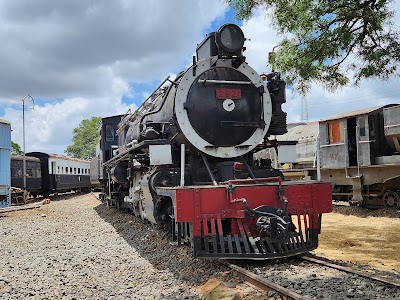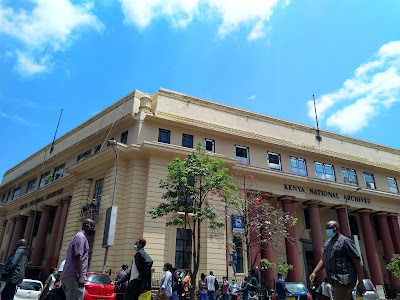Nairobi Railway Museum (Makumbusho ya Reli ya Nairobi)
Overview
The Kenya Railway Museum, also known as the Nairobi Railway Museum, is nestled in the vibrant heart of Nairobi, Kenya. This fascinating institution tells the story of the iconic Kenya-Uganda Railway, constructed during the British colonial period. Often referred to as the "Lunatic Express," this railway line was a monumental endeavor that connected the East African coast to the interior, stretching from Mombasa to Nairobi and further into Uganda, with its completion marked in 1901.
Established in 1971, the museum's mission is to preserve the rich history and heritage of the Kenyan railways. Conveniently located adjacent to the Nairobi Railway Station, it welcomes visitors eager to delve into the legacy of rail transport in Kenya.
The museum boasts a diverse collection of exhibits meticulously curated by railway enthusiasts and experts. Artifacts from different eras of railway operation are on display, including locomotives, coaches, wagons, and other relics that span over a century. The exhibits are showcased both outdoors and within indoor galleries, offering a comprehensive overview of the railway's evolution.
A standout feature of the museum is the rolling stock section. This outdoor exhibit showcases historic steam and diesel locomotives, many of which remain operational. Among its proud displays is the "301," one of the earliest steam engines to serve on the Kenya-Uganda Railway line. Visitors can also admire the actual carriages that gained fame in films like "Out of Africa," as well as artifacts related to the notorious tale of the "Man-Eaters of Tsavo."
Inside the gallery, guests will find an extensive collection of photographs, maps, and documents that trace the rich history of the railway. Rare images of the construction phases, original blueprints, and memorabilia depict the daily operations and challenges faced by railway workers, along with models showcasing the various types of trains and railway systems that evolved over the years.
The construction of the railway was a monumental task, largely undertaken by Indian laborers brought over by the British colonial administration. The exhibits pay homage to their sacrifices and hard work, detailing their struggles and contributions. It’s a sobering narrative of resilience, as many workers faced disease, hardships, and even wildlife encounters during the construction phase.
Another captivating aspect of the museum is its interactive section, where visitors can engage with the engineering and technological facets of railway construction and operations. Here, you can learn about train design, track laying and maintenance, and the innovations that have improved rail travel throughout the years.
The Nairobi Railway Museum also plays a vital role in supporting educational programs. Guided tours for school groups and tourists offer deeper insights into Kenya's transportation history and the railway's impact on the socio-economic development of the region. Through these initiatives, the museum not only serves as a historical repository but also as an educational hub.
Overall, the Kenya Railway Museum encapsulates the spirit and history of Kenya’s railways, emphasizing their significance in the country's development. Through its thoughtfully curated exhibitions and educational programs, the museum ensures that the legacy of Kenya's railways is preserved and appreciated for generations to come.








